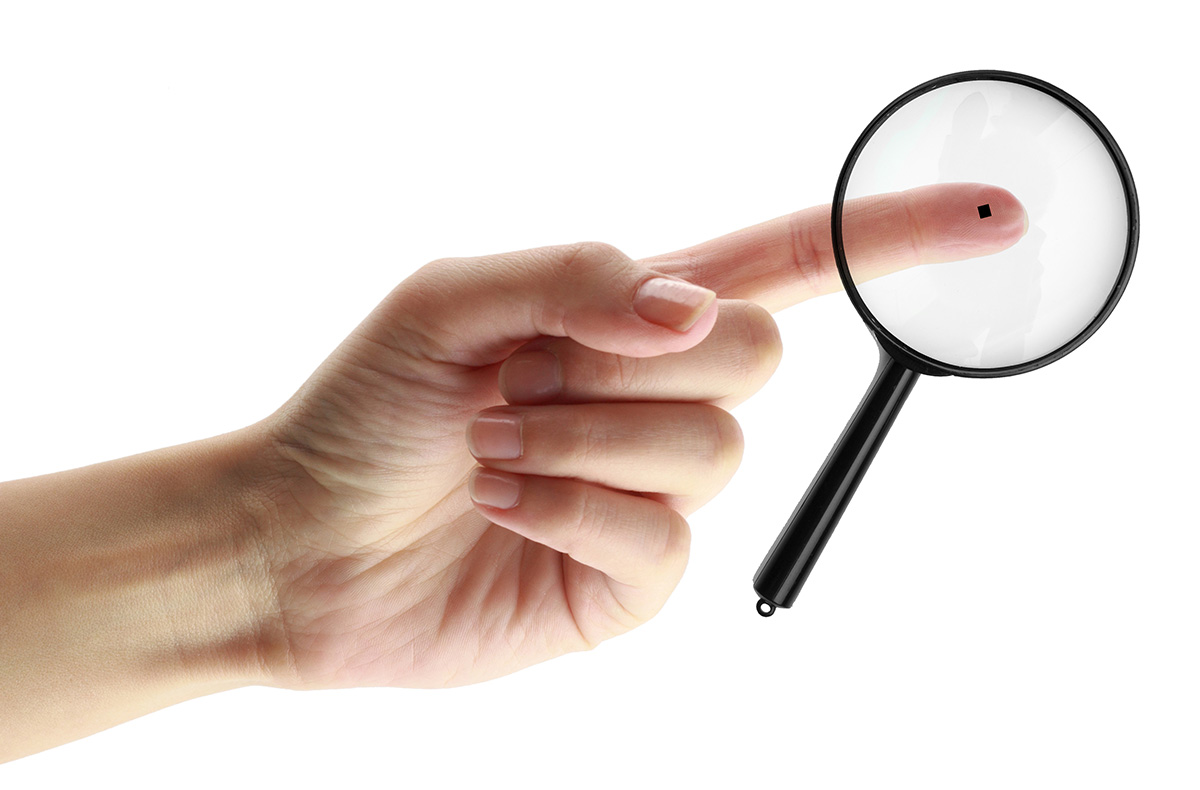In 1953, a young newspaper delivery boy received a nickel that seemed suspiciously light. Worried he’d been scammed, he tested it by throwing it onto the ground. The top of the nickel face popped off, revealing a hidden compartment. Inside, the boy discovered a tiny coded message, a long string of numbers that fit on the tip of his finger and required magnification to read. The boy told a friend about this curious discovery, who in turn mentioned it to her father, a local policeman. The story, and eventually evidence, was passed up the chain of command until it reached the FBI. Agents immediately got to work trying to crack the code. For four years, they failed.
It was not until 1957 that the FBI, aided by a defecting spy from the Soviet Union, was finally able to crack the cipher. As the FBI had suspected, the message turned out to be from the KGB. It contained instructions to one of its agents, Reino Häyhänen, and was signed “greetings from the comrades.” How it fell into the hands of a young boy and just how many other secret miniscule messages had slipped into the US would remain a mystery, but the US was now on the lookout for these microtexts, and looking for ways to send them to their own spies as well.
Microdots and Microphotographs
The first microdot images, full photographs shrunken to the size of a pinhead, were created in 1852 by England’s John Benjamin Dancer, but were featured in an art exhibition as simply a novelty of photography. France’s René Dagron refined the process of miniaturizing a photograph’s negatives and was the first to suggest its usage in espionage. The French government recognized this stroke of genius and employed Dagron during the Franco-Prussian War, where he shrunk secret messages that were then sent to troops via carrier pigeon.
The technology continued to progress, and by 1925 Israeli scientist Emanuel Goldberg had created a way to fit the text of 50 bibles onto a single square inch photograph. Viewing these texts required a microscope, whereas the processes used by spies typically required a simple magnifying glass. For espionage uses, these microdot messages could be hidden as a period somewhere at the end of a seemingly innocent hand-written sentence, disguised as a stain or speck of dirt on a photograph, or hidden under a postage stamp or inside contraband.
Microdot Messages in Vietnam
The US Central Intelligence Agency (CIA) employed microdot technology in the ‘60s and ‘70s to aid US prisoners of war in Vietnam. Undercover agents would intentionally be captured and transported to local detention centers, where they would coordinate plans of action and potentially escape plans by receiving hidden microdot messages and organizing US prisoners. Microdot messages were secretly hidden in humanitarian aid packages, notably inside Kool-Aid powder packages. The captured agents had smuggled in what is known as a Stanhope lens, a magnifying lens about the size of a grain of rice, that could be used to read the hidden messages. Orders and instructions were sent from Langley, and could be further disguised in numerical codes, the ciphers known only to the captured agents.
Microdots Today
Microdots and ultra-miniaturized writing and printing are still used today, though their applications have shifted more toward labeling and product identification. For example, a company called Recoveri sells microdot kits so that users can tag and label their own tools, vehicles, or other property. There is also a service for vehicles in which thousands of microdots (with serial numbers) are sprayed onto different parts of a vehicle. This means that even if a car thief disassembles the vehicle to sell it for parts, everything from the catalytic converter to the door panels will have dozens if not hundreds of nearly invisible microdots that can be used to trace the parts This allows police to connect crime rings, and the very existence of microdot tracing makes criminals wary and serves as a deterrent.
With roots in art and espionage and now used in modern crime prevention, microdots have endured, providing discreet security measures and reinforcing accountability in our digital era. Once a tool of covert communication, microdots now serve to counter illicit activities and allow us to communicate in hidden ways.


